Artist Projects / CMYK
Curated by Walead Beshty
Mathew Brannon, Morgan Fisher, Liam Gillick, Amy Granat, Elin Hansdottir & Darri Lorenzen, Leslie Hewitt, Corey McCorkle, and James Welling
Late in 2006, Walead Beshty approached Cabinet with a proposal to curate an exhibition in our pages, inviting artists to, in his words, “use the material base of the magazine … to produce site-specific works.” The artists’ responses are presented over the next ten pages. Below is Beshty’s introduction to the project, written into “There Is Always a Background,” the preface of Louis Walton Sipley’s 1951 treatise on the history of color reproduction, A Half Century of Color.
Color Reproduction by photo-mechanical processes have more than a century of achievement since the invention of Fredric E. Ives’s Kromskop and the three-color engraving by William Kurtz. The color methods which have come and gone since then have been many. … The years have been filled with a changing vocabulary—additive, photochromoscope, single-line screen, Autochrome, imbibition, three-color, four-color, bipack, Paget, Finlay, carbro, wash-off relief, Chromatone, dye coupler, bi-cubic sampling, gamut, Computer to Plate, Pantone, hexachrome, stochastic screening, and so on…
There are without a doubt many art, advertising, and journalistic workers and students who are inspired by the idea of color reproduction and its use, past and present, in the photo-graphic arts; after all, all speech occurs through borrowed voices. … There are many workers in the field itself who are interested in a retrospective view, either because they may relive the by-gone days or because they want to obtain a knowledge of the background of their present activity. It is to these that we address the following pages.
Some things are certain to occur in the compilation and instrumentalization of data of the historical nature presented here. … Every producer is continually faced with a mass of misinformation which must be checked … since the ambition of all compilers of history is to uncover long-hidden facts that can settle years-old controversies, the author of this work may be pardoned a feeling of pride in presenting here a number of such facts.
—Louis Walton Sipley, 1951 / Walead Beshty, 2007
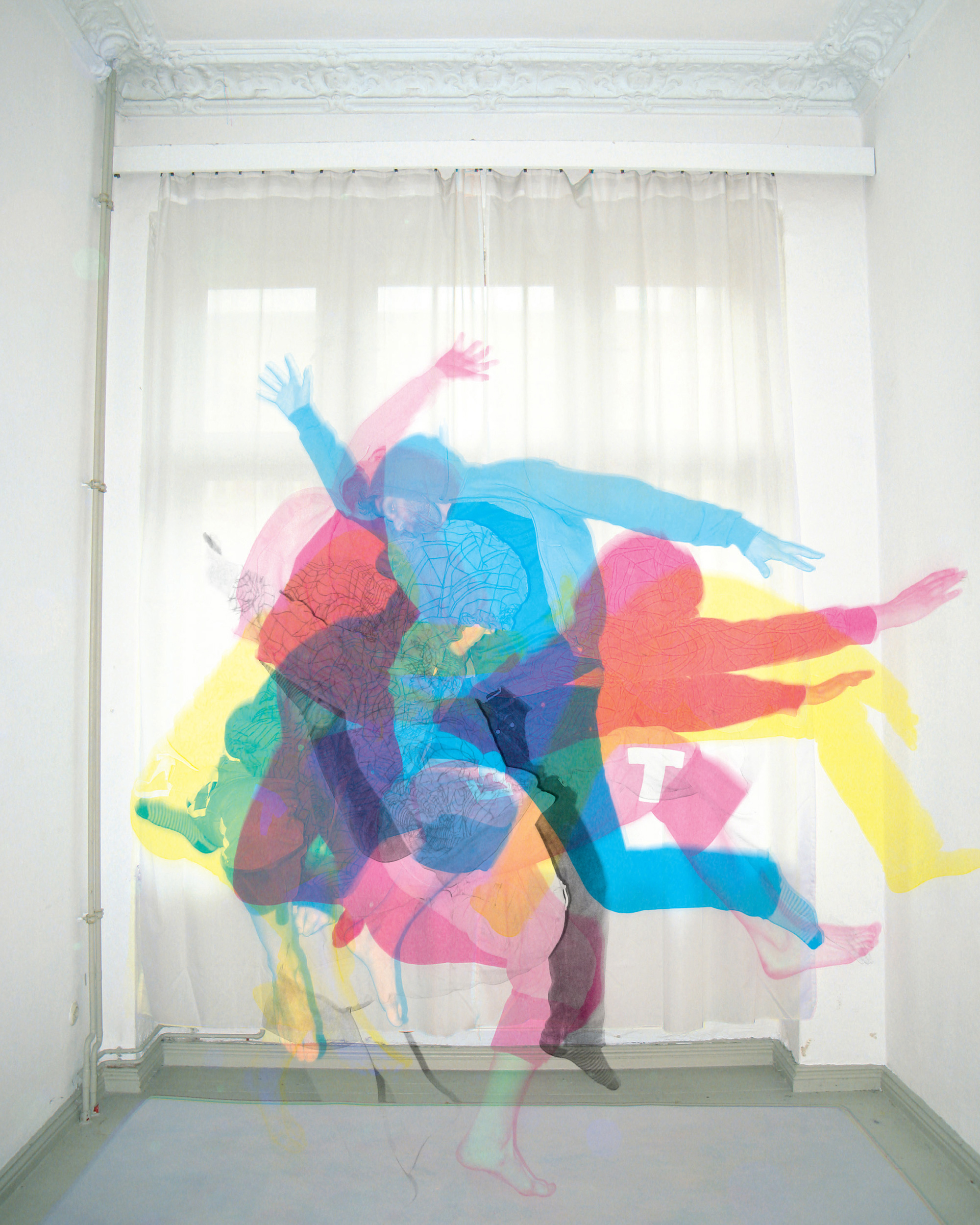
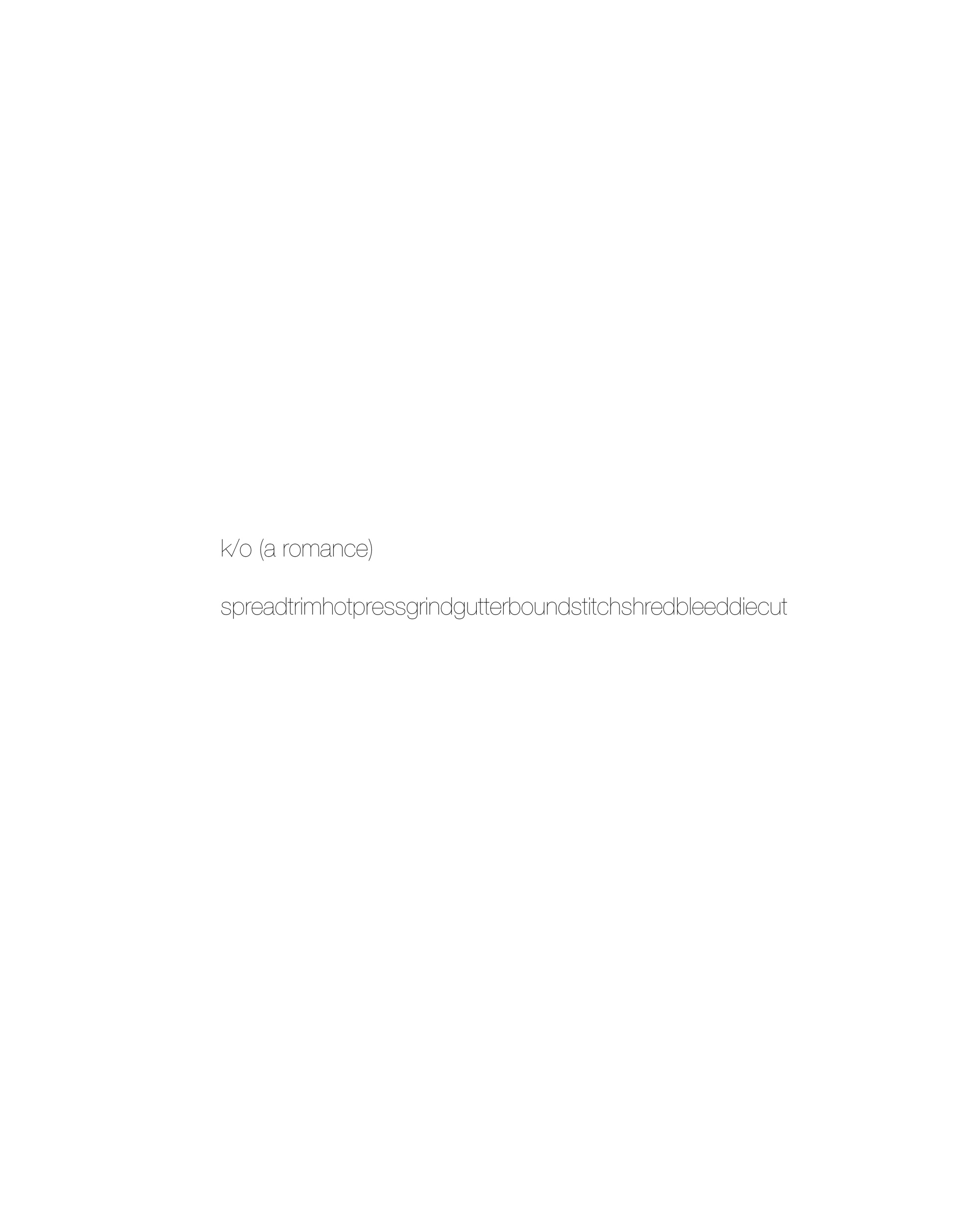
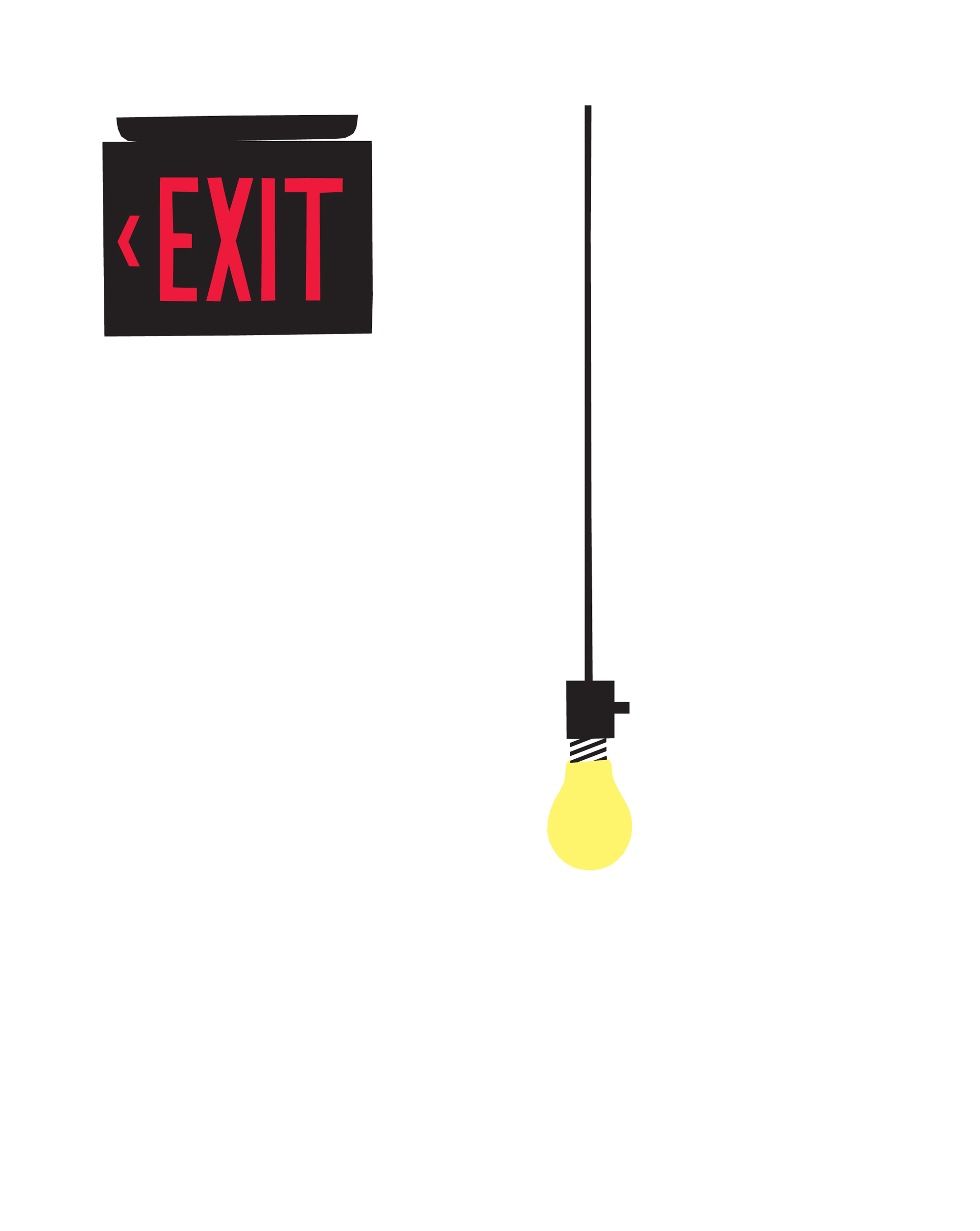
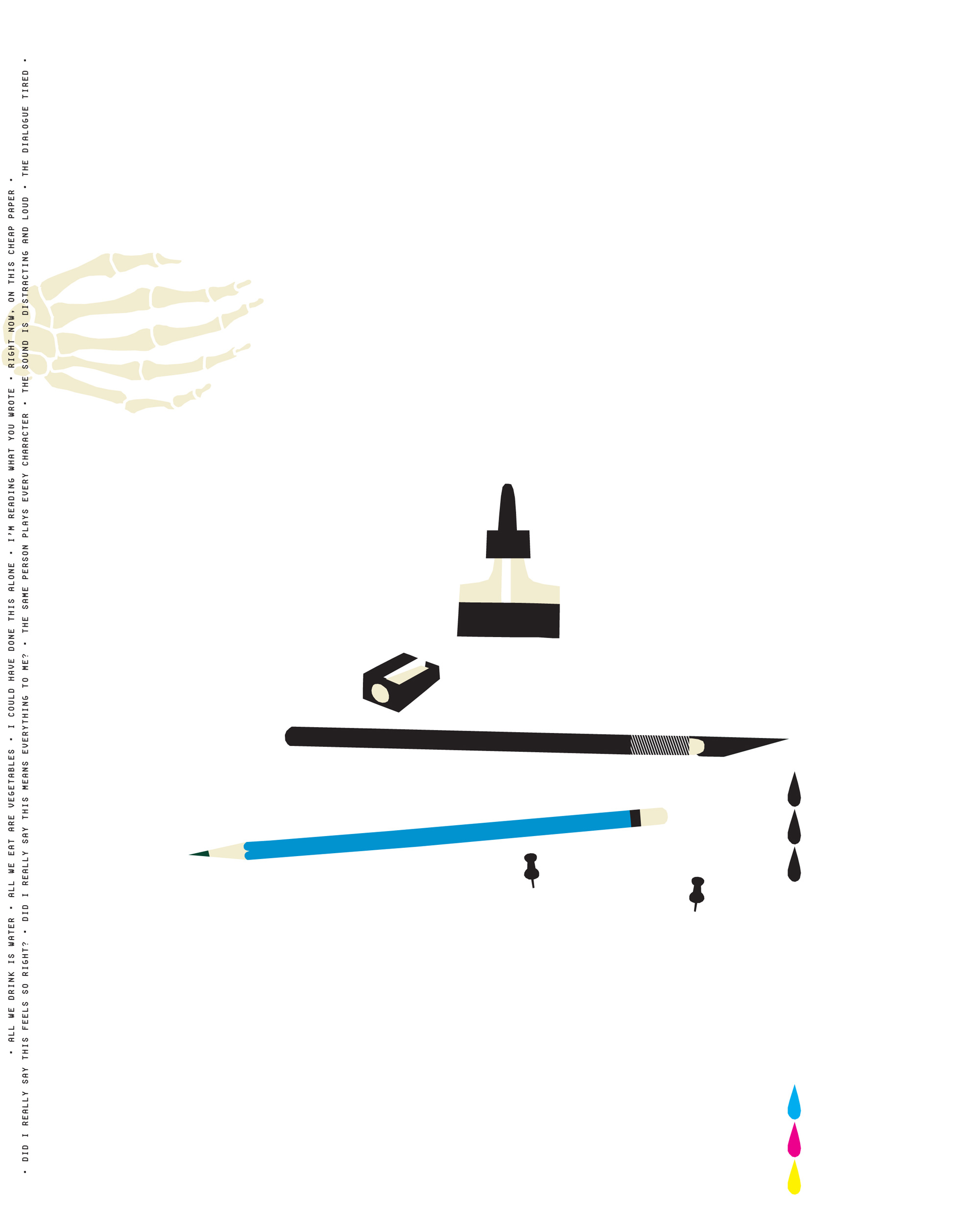
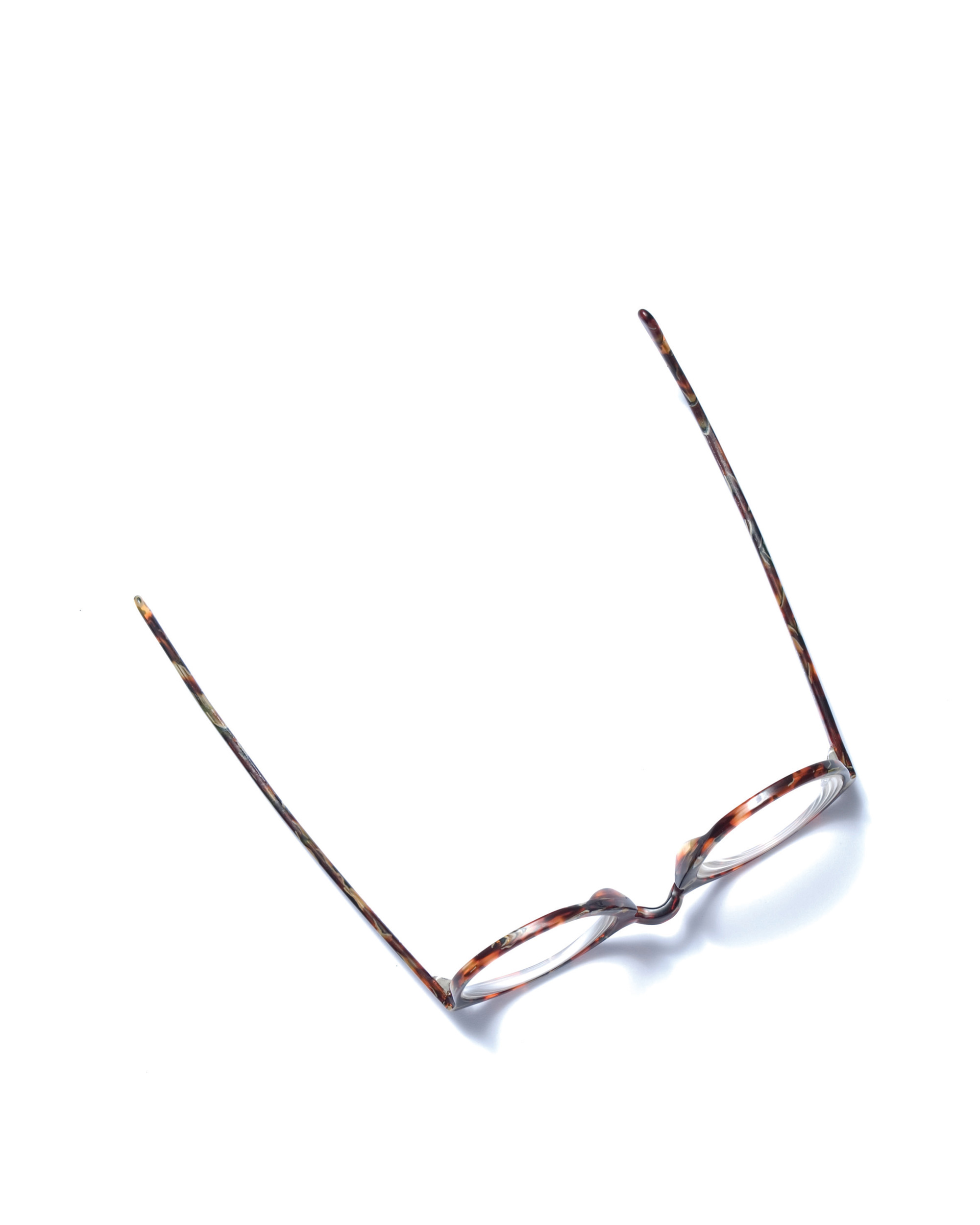
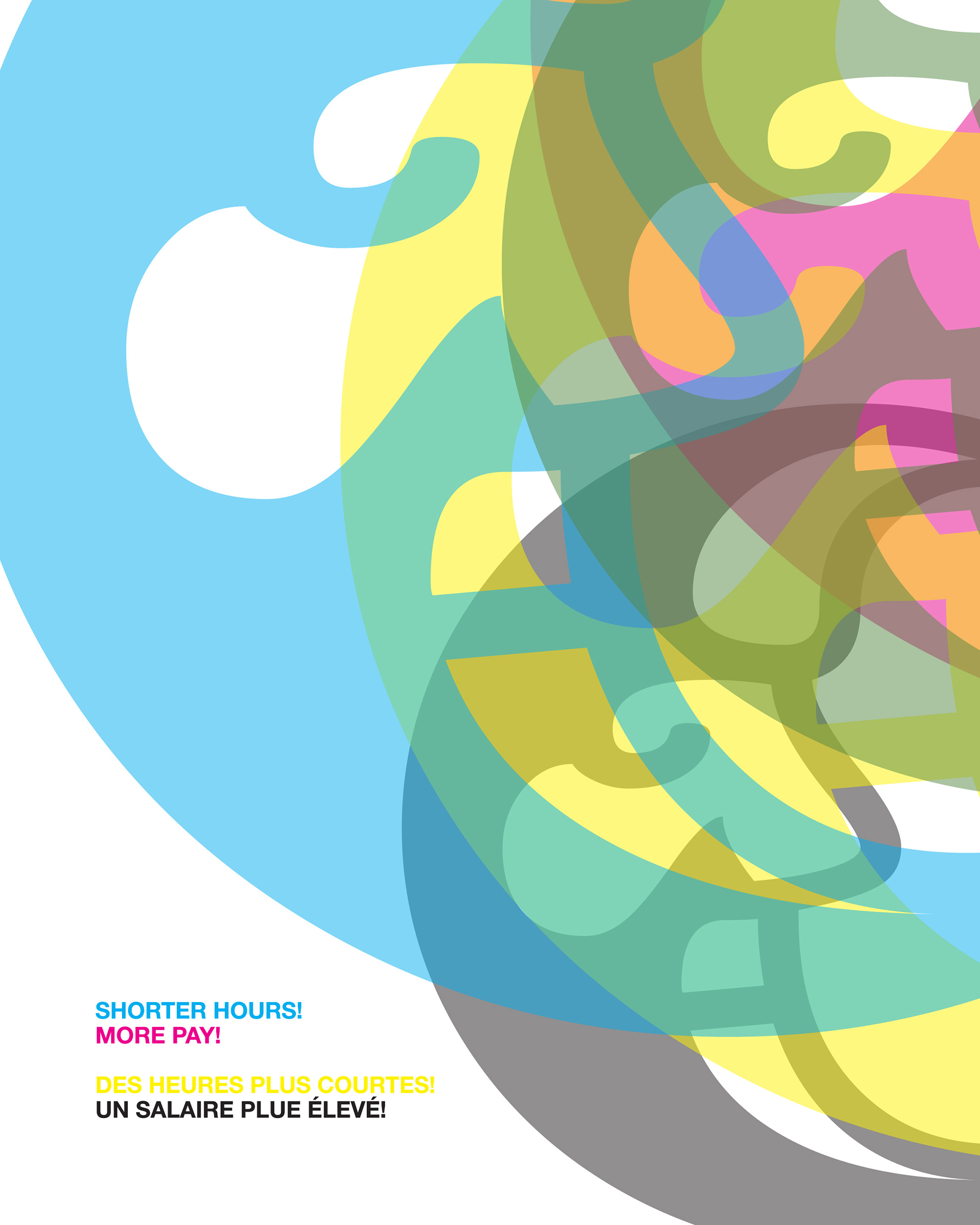
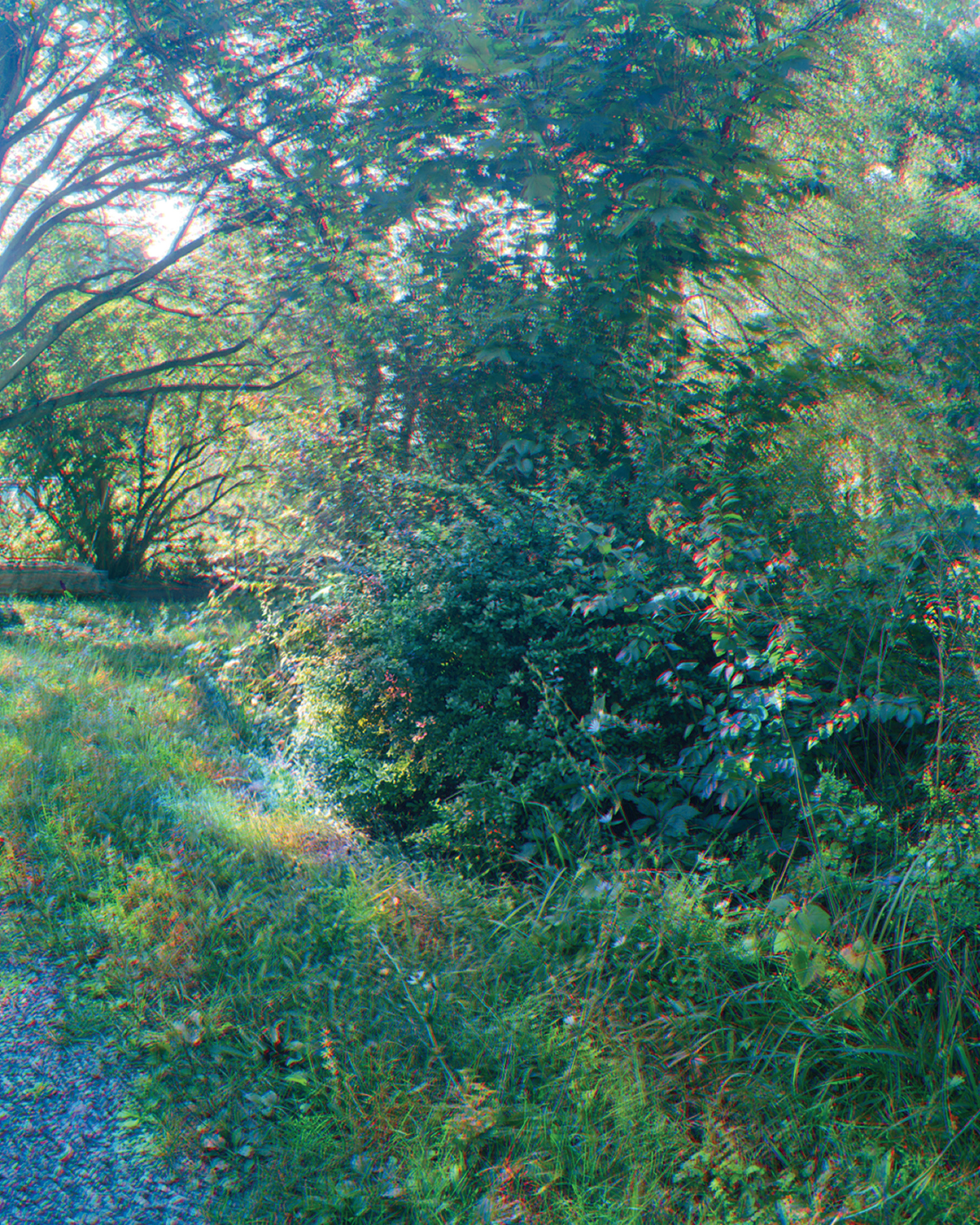
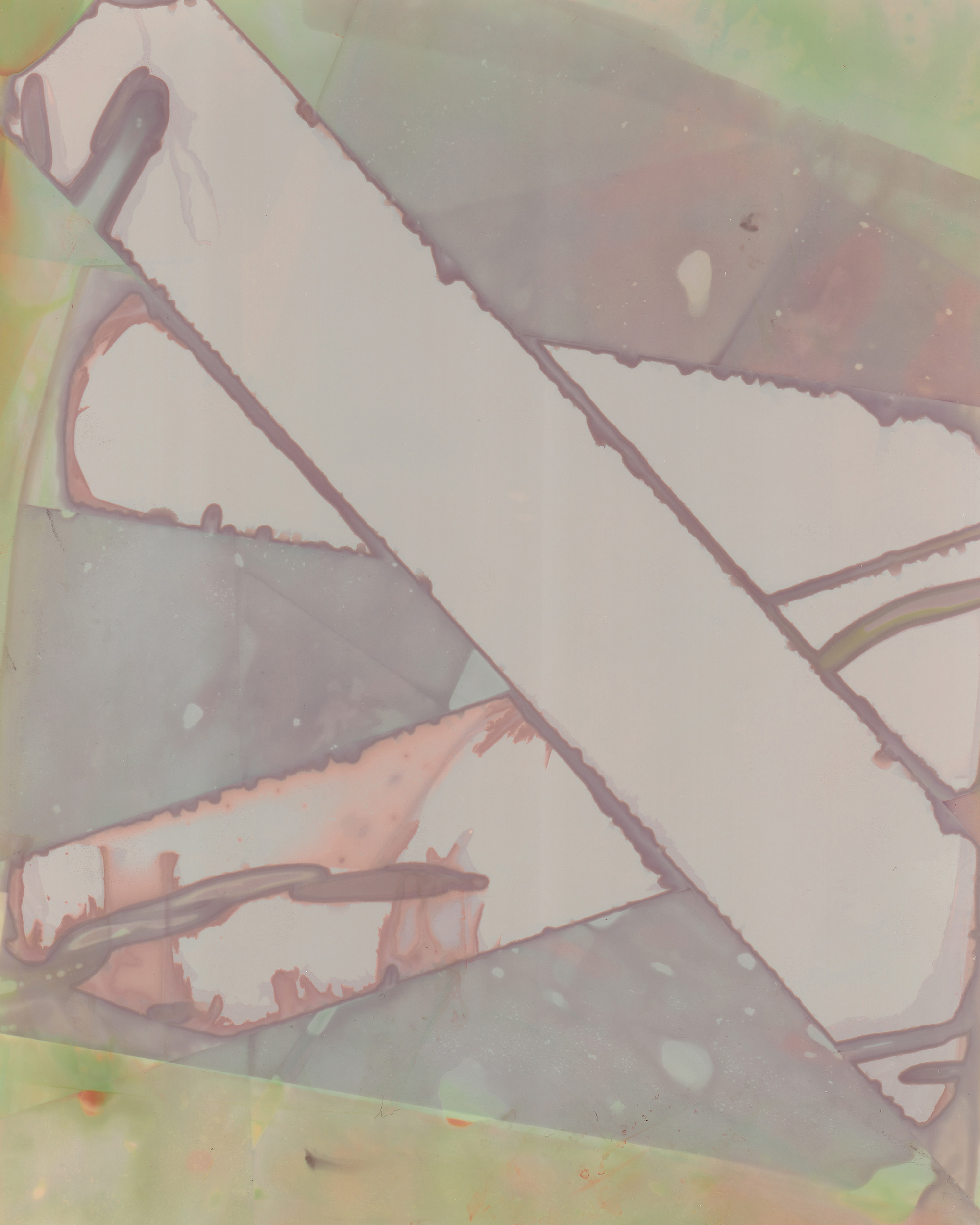
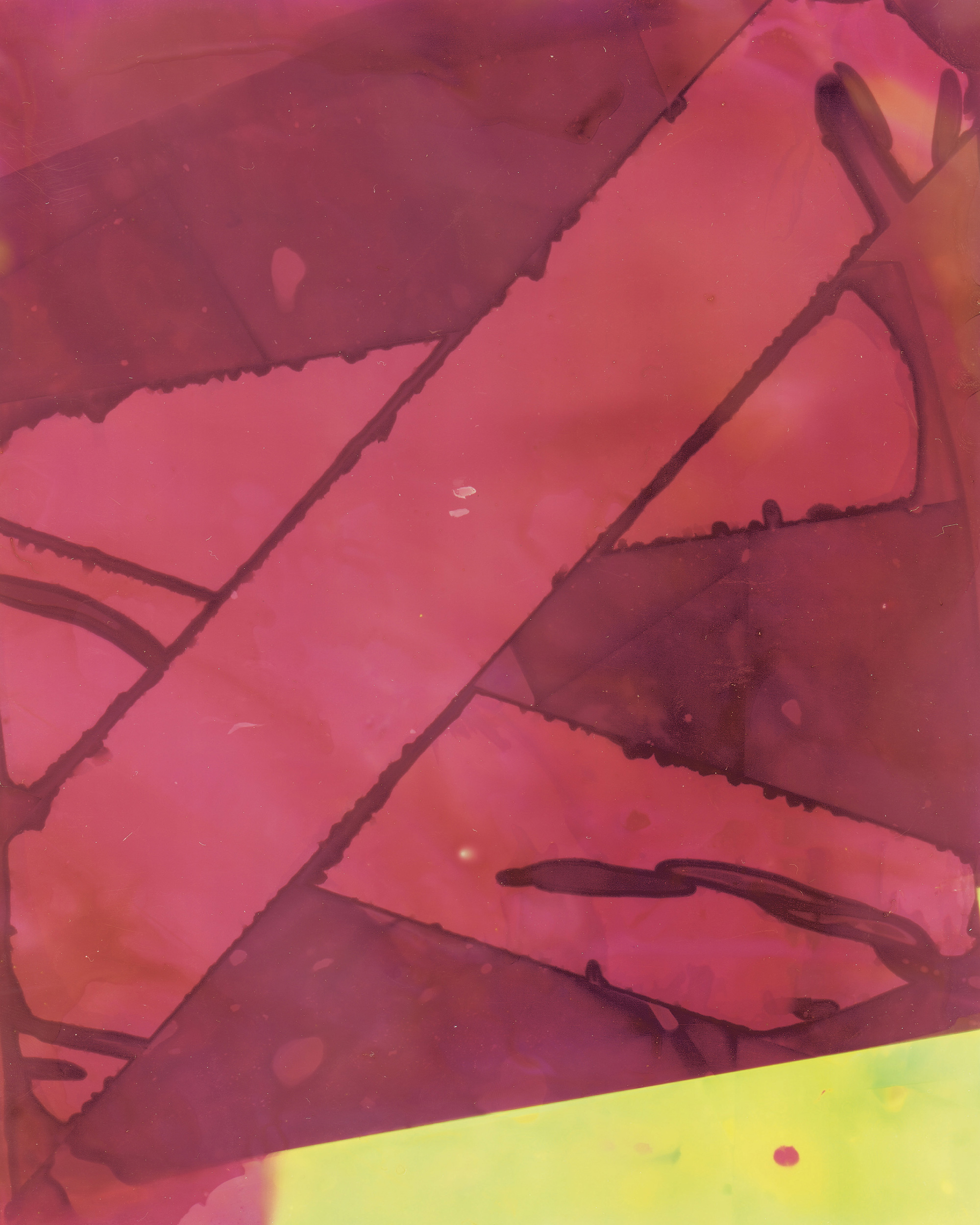
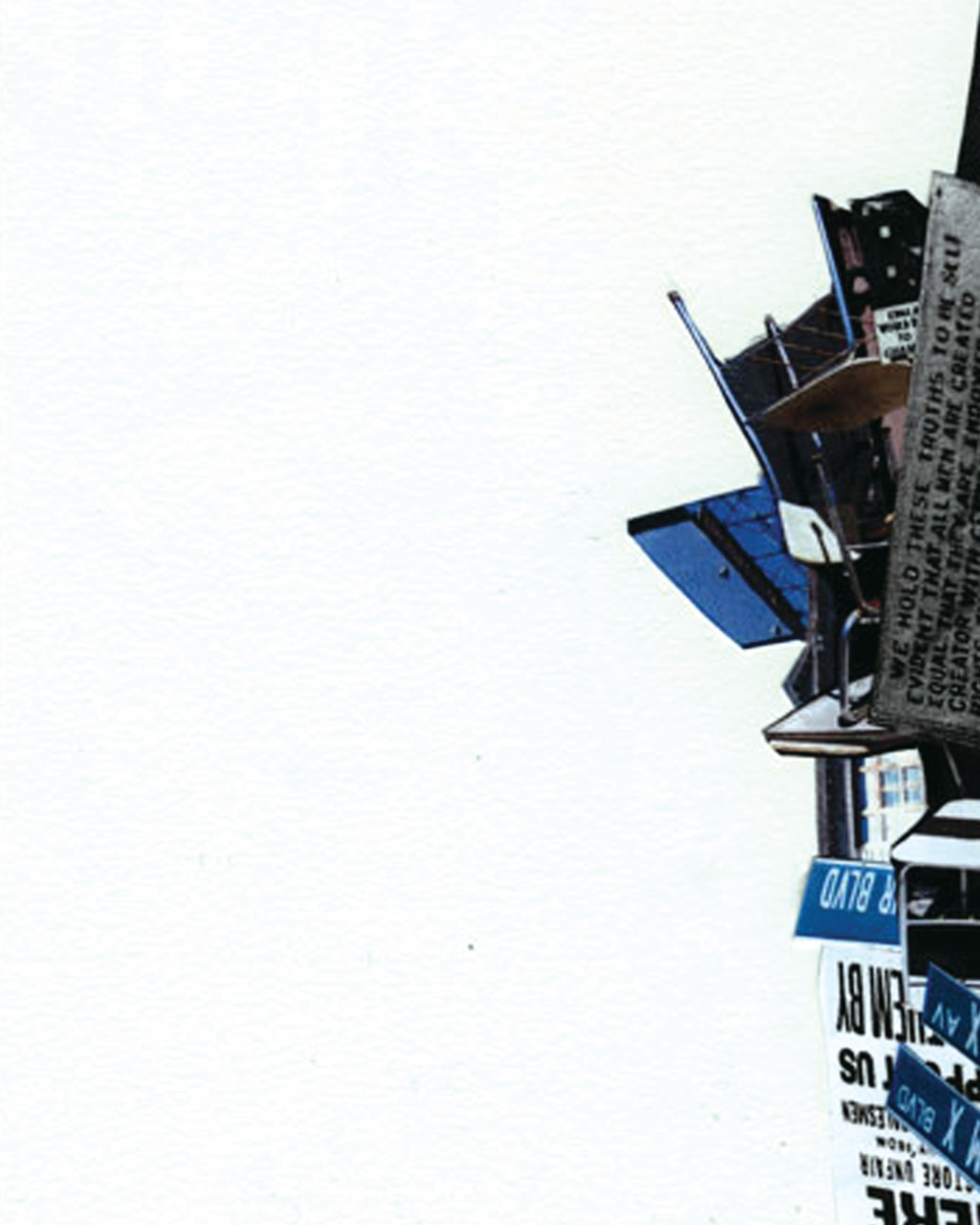
Walead Beshty is an artist and writer based in Los Angeles.
Mathew Brannon is a New York–based artist whose work focuses on pathology through printed matter. His exhibition “Where Were We” was recently on view at the Whitney Museum’s Altria branch.
Morgan Fisher is an artist and filmmaker based in Santa Monica. He exhibited paintings and drawings at Galerie Daniel Buchholz in Cologne in March 2007 and that same spring was a resident at the International Artists Studio Program in Sweden.
Liam Gillick is an artist based in New York and London. Beginning in 2008, a survey of his work will be on view at Witte de With, Rotterdam; Kunsthalle Zurich; and the MCA, Chicago. He recently published Proxemics: Selected Writings, 1988–2006 (JRP-Ringier, 2006).
Amy Granat makes abstract films, photographs, and performances that explore elements of chance. Her work has recently been on view at Luhring Augustine Gallery, New York; Palais de Tokyo, Paris; Mandrake/Champion Fine Art, Los Angeles; and Le Confort Modern, Poitiers, France.
Elin Hansdottir is an Icelandic artist working in Berlin. Exhibitions in 2007 include “Frieze Projects” in London and “Between Two Deaths” at the ZKM Mediamuseum in Karlsruhe, Germany. See www.this.is/elinh [link defunct—Eds.] for more information.
Darri Lorenzen is an Icelandic artist based in Berlin making site-specific installations, photographs, and sound works. See www.darrilorenzen.net for more information.
Leslie Hewitt is an artist and writer. She is a 2007 dual artist-in-resident at the Museum of Fine Arts Houston Core program and Project Row Houses in Houston, Texas.
Corey McCorkle is a New York–based artist. Recent solo projects include “When a Dog Barks The Response in The Ear of the Sky Is a Star” at Maccarone, New York, and “Random Ceremony” at Stella Lohaus Gallery, Antwerp.
James Welling is an artist based in Los Angeles.
Spotted an error? Email us at corrections at cabinetmagazine dot org.
If you’ve enjoyed the free articles that we offer on our site, please consider subscribing to our nonprofit magazine. You get twelve online issues and unlimited access to all our archives.